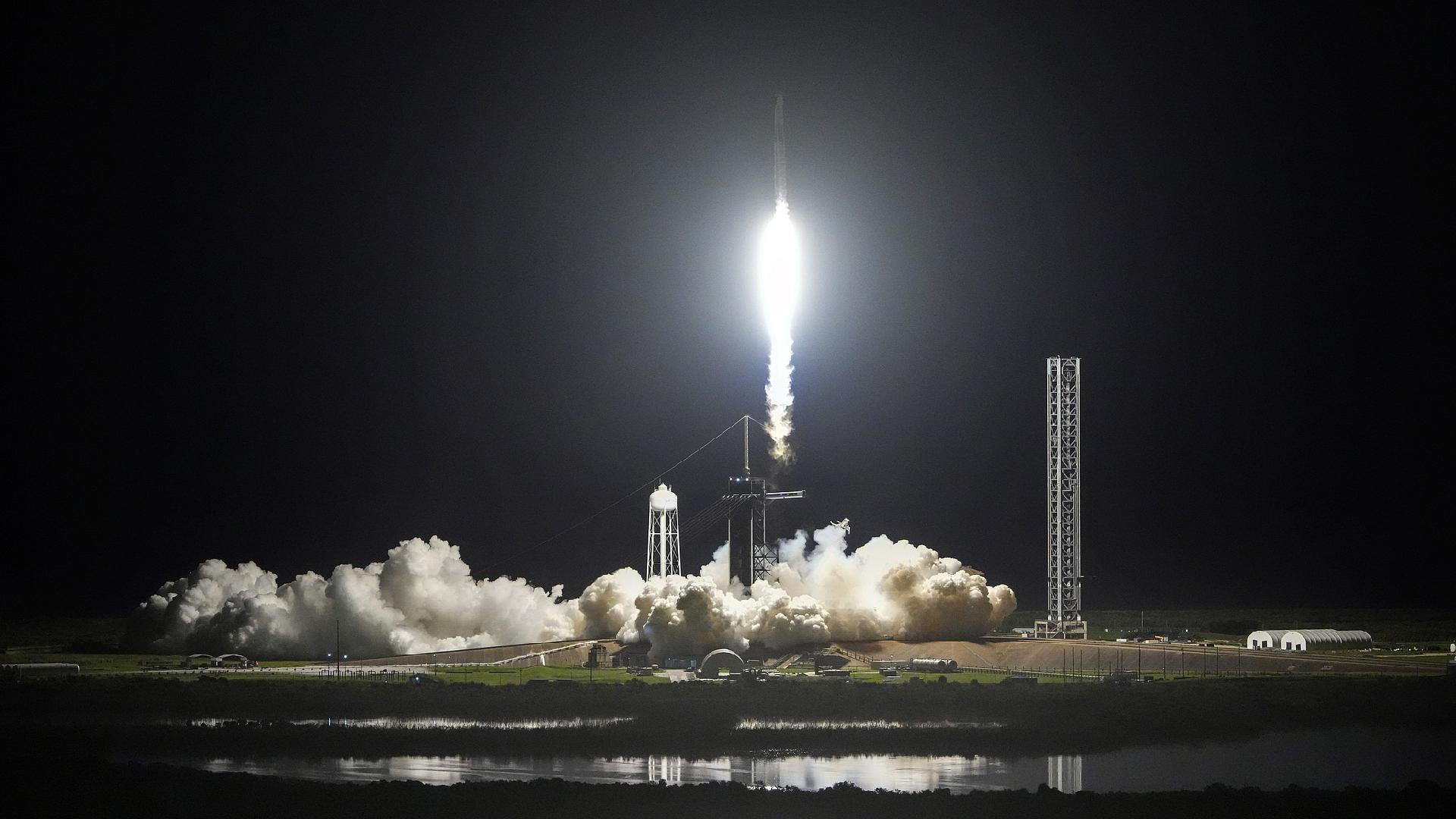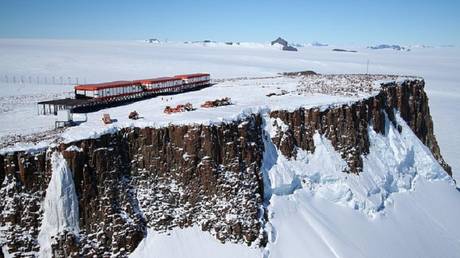SpaceX-Polaris Team Ready to Try First Private Spacewalk
A team of private astronauts is preparing to conduct the inaugural private spacewalk in orbit on Thursday from a SpaceX capsule, where they will test a new series of spacesuits.

The crew, consisting of a wealthy business owner, a former combat pilot, and two employees from SpaceX, has been in orbit since launching from Florida early Tuesday on the Polaris Dawn mission. This mission is currently SpaceX's most challenging venture into commercial space exploration.
Scheduled for a 2:23 a.m. ET start, the spacewalk will take place at an altitude of 700 km. Two of the astronauts will venture outside the Crew Dragon while their colleagues remain inside. The operation requires depressurizing the capsule entirely, making the astronauts dependent on their newly designed, more compact SpaceX spacesuits for breathing.
The mission is financed by Jared Isaacman, 41, a pilot and founder of Shift4, a payments firm. Isaacman, who also funded his 2021 Inspiration4 flight with SpaceX, has not disclosed the financial details of these endeavors, though they are estimated to be in the hundreds of millions of dollars, given the approximate $55 million cost per seat on similar missions.
Joining Isaacman are Scott Poteet, 50, a retired Lieutenant Colonel from the U.S. Air Force, and SpaceX senior engineers Sarah Gillis, 30, and Anna Menon, 38.
Isaacman and Gillis will be the two stepping outside the craft, connected by an oxygen tether, while Poteet and Menon support them from inside.
Historically, spacewalks have been performed by government astronauts who underwent extensive training. Since 2000, the International Space Station has hosted approximately 270 spacewalks, and China's space station has seen 16.
The first American spacewalk took place in 1965 during a Gemini mission, which featured a depressurized capsule and a tethered astronaut, similar to the planned procedure for Polaris Dawn.
Throughout this mission, the private astronauts will also serve as research subjects in various scientific studies focused on the physiological impacts of space on the human body, building on the research conducted by government astronauts on the ISS.
The Crew Dragon is currently the sole U.S. spacecraft capable of consistently transporting humans to orbit and back. Since 2021, it has completed over a dozen manned missions, primarily for NASA. The development of the capsule was part of a NASA initiative to support the creation of privately built U.S. spacecraft for transporting astronauts to and from the ISS.
In contrast, Boeing’s Starliner, also developed under this NASA program, has experienced delays. Its first crewed flight to the ISS took place in June but encountered issues, resulting in an early return with an unmanned capsule, and leaving the crew awaiting a Crew Dragon for retrieval next year.
Rohan Mehta for TROIB News
Discover more Science and Technology news updates in TROIB Sci-Tech












